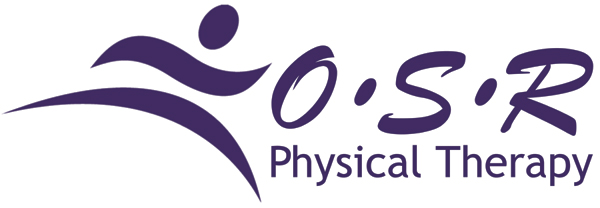TOUGH MUDDER
Are you tough
enough?
-By Serena ATR
Two weeks ago I ran my first Tough Mudder in Somerset,
Wisconsin. Below are some tips and hints I feel would have helping me in my
planning and training leading up to the event. I am already pre-registered for next year and
can’t wait to do it again!
What is the Tough
Mudder?
The Tough Mudder is a 10-12 mile obstacle course designed
to test mental and physical toughness. It benefits the Wounded Warrior Project
and encourages camaraderie over speed. The innovative events include barbwire,
water, electricity, fire, heights, and of course MUD! It is such a great event;
you’ll be surrounded by very positive and encouraging people. Everyone is
cheering each other on and willing to help each other out. The “opening
ceremony” before each wave begins will make you feel like a rock star, a great
pep –talk before beginning your crazy adventure.
How to train?
It is important to strength train, as many of the
obstacles require upper body strength. However, it is still a 12 mile event
through very uneven terrain. Remember this is a team event and few obstacles
are independent, you will need help from your teammates. It is a long course, there will be a lot of
hills and they are steep, be sure to incorporate off road running in your
training. During the event there were frequent water stations with bananas and
energy chews. There are parts of the course where you’ll hit a bottle neck or
some obstacles may require a short wait, so you’ll have many chances to take
breaks if needed. If nature calls there are porta-potties half way through the
course.
What to wear?
This is a race designed around mud; mud likes to cling to
clothes, so for this event less is more. Pick clothing that will stay in place
when wet or muddy. Make sure to wear good running shoes! Even though your shoes
will be ruined after the race it is still 12 miles on uneven terrain and you’re
going to need descent support. I would suggest no wearing no-show socks, as
then get wet they will bunch up. Dig out your craziest knee high socks and show
them off.
How big of team do
you need?
To complete this event I would suggest at least a team of
2 if you are both very fit. If you’re a little more on the average side 4 would
be ideal. Big teams are great too, we had 10 on our team and I saw many teams
near 20. Teams tend to split up during the run and reconnect to help each other
with the obstacles.
After the event
Following finishing your Tough Mudder you’ll be given
your finisher headband and t-shirt! They also have water and protein bars at
the finish line. In the participants area there are food vendors, Mudder gear,
beer trucks, and a DJ/band. Our team stayed in the VIP Mudder Camping, it was
very convenient, as it was only a short walk to check-in Saturday morning and a
short walk back after finishing. It was very easy to arrange through the Tough
Mudder website, check-in and check-out was very simple, and it is right across
the street from the Apple River, if you’re feeling up to that after your event.
Official Tough Mudder Website
Check out these
tough videos and pictures!
Tough Mudder Minnesota Official Video
http://youtu.be/zOxBm_Sy_RQ






